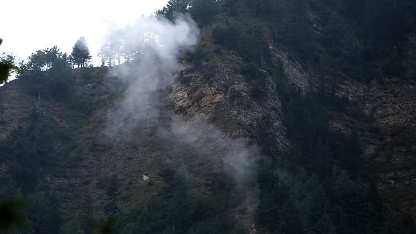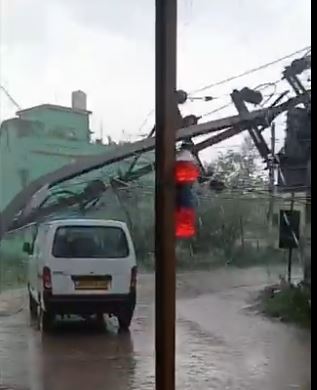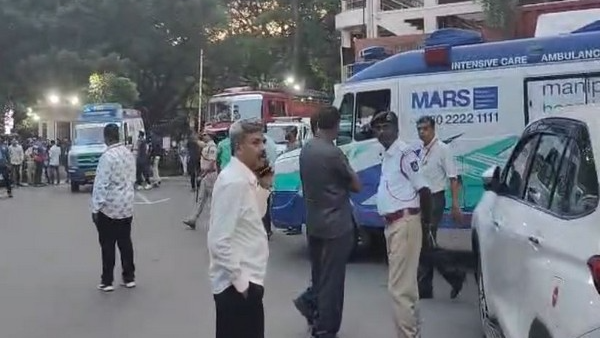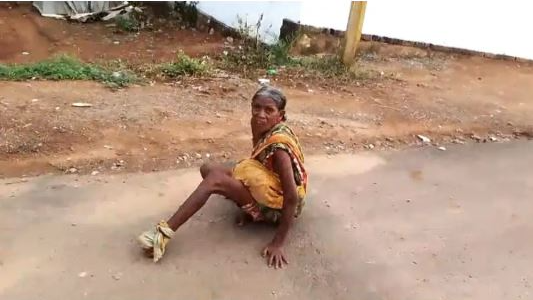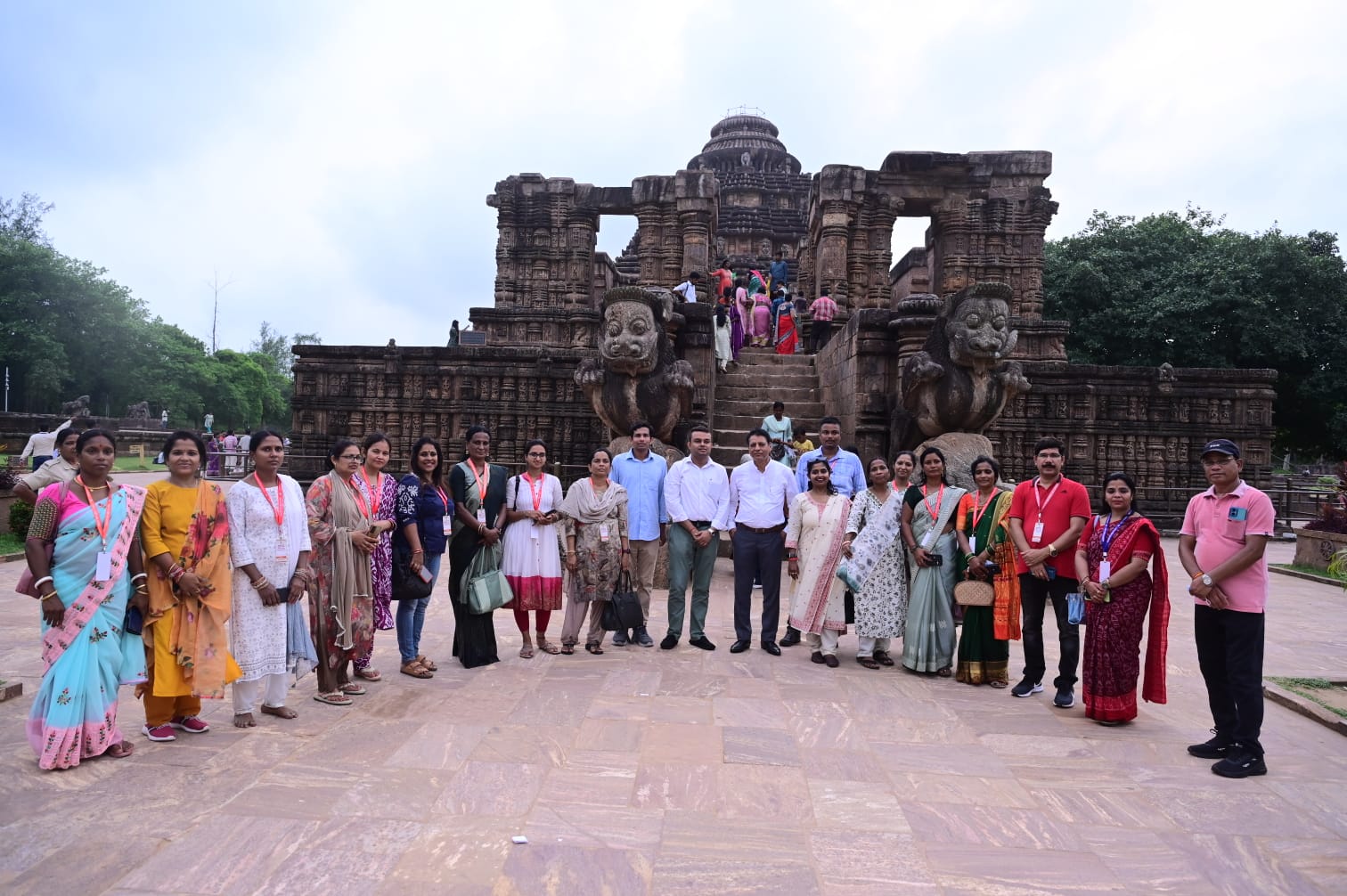Arun Joshi
The Indian Army and Jammu and Kashmir Police have been successful in neutralizing Lashkar-e-Toiba terrorists, including its local commander Uzair Khan, on Tuesday, after a seven-day-long operation in South Kashmir’s Kokernag forests, but this victory against terrorists is not without its tragic trail: Five men in uniform – three of them officers – Colonel and Major of the Indian Army, and a Deputy Superintendent of Police, and two other jawans made a supreme sacrifice in the line of duty.
At the end of this operation that started on September 13, 2023- Wednesday, there is a sense of relief that a prolonged operation has concluded with the two of the main terrorists, involved in the initial attack on forces in which they inflicted casualties, have been killed. This, however, is not the end of the Kokernag encounter story, as it will live on beyond September 19, 2023 when its end was made official. The continuity of this operation in the massive searches that the forces have promised to undertake to clear the jungles of the arms and ammunition is just one side of the obligation of the forces involved, for it is concluded but whether the jungles are really clear of the elements of terrorism, physical and psychological remains open to question.
Two immediate lessons have come to surface, though there are many more that need to be learnt in the days and weeks to come. Terrorists have re-discovered their home in jungles in the hinterland. That is part of their new strategy or it reflects that they are unsure of their support in the populated urban areas. This is something that should be thought about and studied in detail before drawing any conclusion.
Secondly, security forces, with their grit and determination, have smoked terrorists to death in their own hideout which they must have believed was impenetrable. So the message, other terrorists might have got is that jungles and mountains are not beyond the reach of the security forces, hence they would have to devise something new to survive and operate, or the other alternative is, annihilation.
A thorough study of Kokernag encounter, a seven-day ordeal, will also have to calculate the cost in physical terms. Five soldiers, including three officers were lost in a matter of a few hours on the first day of operation on September 13. That is a huge cost. In normal military strategic terms the ratio is 1:4, that is one soldier versus four terrorists. By that standard, the security forces suffered much higher losses. That is what should make the army and the other wings of the security forces to deal with this issue more carefully. It should be ascertained as to what were the circumstances in which this operation took place, whether the security forces should have been more cautious or the rush to the spot was something that could not have been dispensed with. Was there some kind of emergency? Apart from answering these crucial questions, it also is critically important to ponder had the terrorists been allowed to stay put in jungles and take on them only when they would have come out within the radar of security forces at a time when they could have been annihilated with much more ease and without paying such a heavy price. The answer may open a fresh debate, but the fundamental of ant-terrorism operation is to cut short the life of terrorists, whatever it may take. Longer the terrorists survive, more damage they cause.
Psychological impact. The greater problem that the security forces and the civilian administration will have to deal with is neutralizing Kokernag’s encounter’s perception among the people. The people, sympathetic to secessionism, who justify terrorism as a tool to achieve their ends, would cite it as the capacity of the terrorists to engage security forces in prolonged encounters. They will also project that the Lashkar terrorists died because they were subjected to mortar shelling and use of other ammunition with the help of drones and other hi-tech machines. That is to suggest that despite the terrorists having an advantage of cave in high mountains in dense forests, they were incapacitated because of the superiority in numbers of the security forces and the high-technology with which it was equipped.
There, of course, is a majority , that is yearning for complete peace in more than three-decades terrorism battered Valley, for them this encounter and its conclusion would offer them a lot of relief, but at the same time they are worried that it has punctuated the trajectory to normalcy in the Valley. One such incident is enough to dent the image of the place and the people – the terrorists were locals, that is additional burden that the population will have to bear. The task ahead for the government should be to neutralize the negative narrative that has come along with the narrative of normalcy.
(Arun Joshi is author of “Eyewitness Kashmir; Teetering on Nuclear War and senior journalist based in Jammu and Kashmir, writes on South Asian affairs)
Disclaimer: This is the personal opinion of the author. The views expressed in this write-up have nothing to do with www.prameyanews.com.








